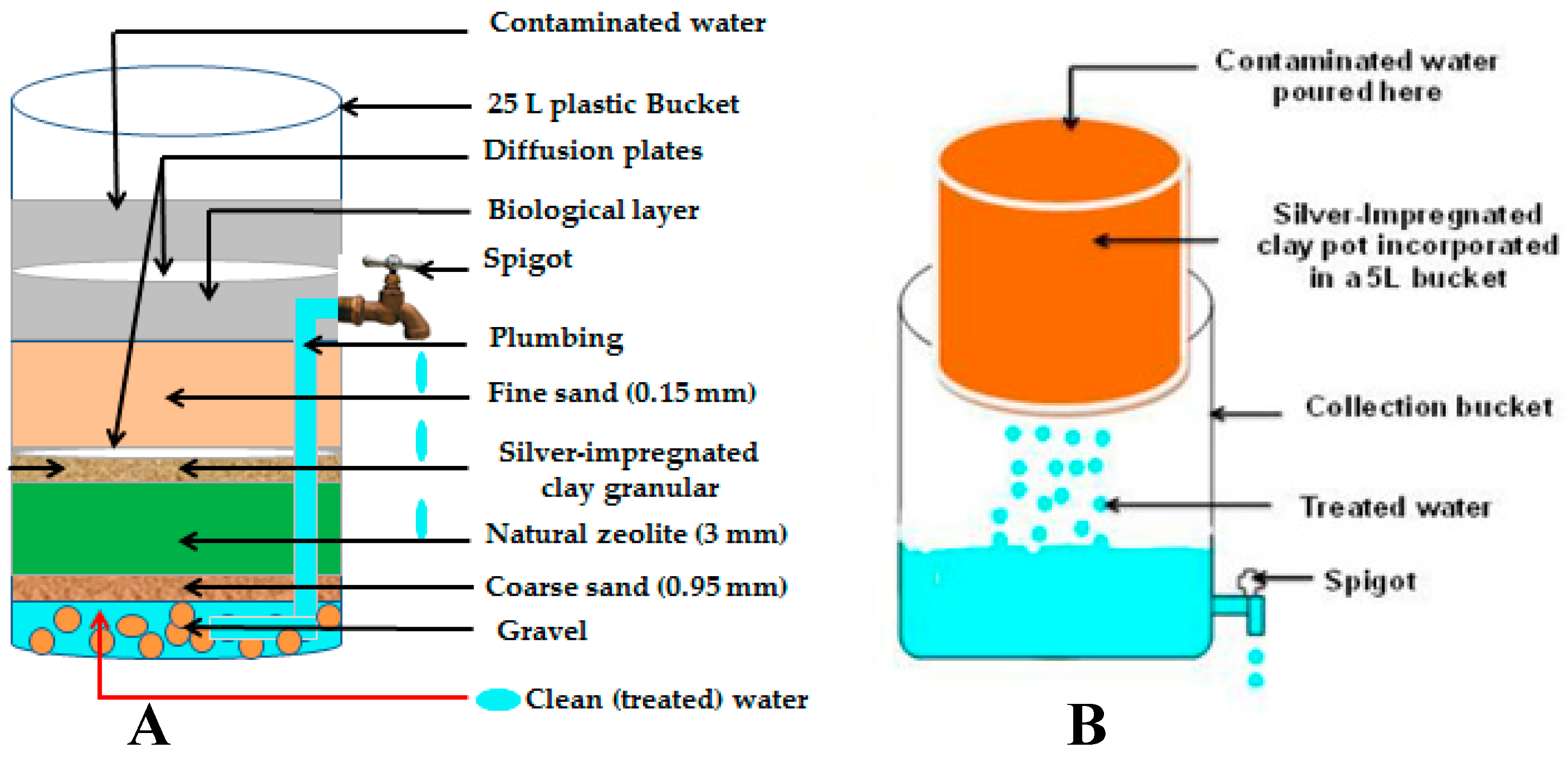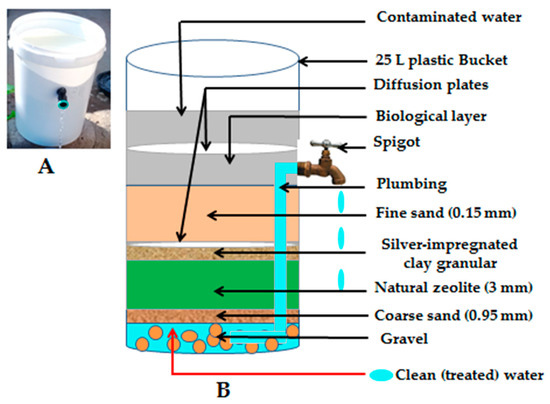Describe Water Purification Process Used in Makwane
Boiling is the simplest of all water purification methods. Objectives of the water treatment process.

An Infographic Describing The Process Of How Waste Water And Sewage Is Processed To Return Back Int Sewage Treatment Water Treatment Wastewater Treatment Plant
Thus the available methods are.

. One major purpose of. Water purification generally means freeing water from any kind of impurity it contains such as contaminants or micro organisms. Account for all inputs and outputs at each step.
Continuous monitoring and maintenance of the cartridges can produce the purest water. Water is of major importance to all living things. Most water is purified and disinfected for human consumption drinking water but water purification may also be carried out for a variety of other purposes including.
In essence water purification denotes the process used to free water from impurities like bacteria and contaminants. It is effective because it kills 999 of all living things and vaporizes most chemicals. Draw a block flow diagram to describe a water purification process that could be used to remove colloids microplastics coloured substances and microbes from water.
Mud sand and other suspended particles settle down. The following points highlight the top three methods adopted for purification of water. A water purification process is designed to remove or reduce existing water contaminants to the point where the water is fit for use.
The Lifestraw is a small cigar-shaped tube packed with some truly innovative engineering. Some heavy metals like iron are also separated through this procedure. The water from the city councils is contaminated with unwanted minerals and this step aids in removing the minerals that form hard water.
This clever design purifies water from potential pathogens like typhoid cholera dysentery. Generally carried out by the p rocesses. 2 ultrafiltration pore size about 001 μm which in addition to.
Water purification is the transition of dirty harmful Contaminated water into clean safe water. This method is effective by the scientific fact that water has a lower boiling point than other contaminants and disease-causing elements found in water. After that water may pass through a fine screen which removes smaller solid objects in the water like chunks of.
Since the process is aimed at eliminating all the impurities present in the water it is necessary to apply chemical and physical. Water often passes through multiple screens before proceeding through the rest of the filtration system at the water treatment plant. Here is the breakdown of the purification process.
Water purification methods 1. 1 microfiltration pore size about 01 μm which removes bacteria and suspended solids in the water. Sedimentation is done when water consists of large sized organic materials such as leaves and gravels which have run off from the soil.
Each stage in the purification process is accompanied by changes in the physical and chemical composition of the water. That process also includes distillation the conversion of a liquid into vapour to condense it back to liquid form and deionization ion removal through the extraction of dissolved salts. Various water purification methods are used to take water safe and attractive to the consumer.
You need to bring the water to a full rolling boil for at least five minutes to be safe with some experts recommending an even longer time. Its a good method to use for water contaminated by living micro-organisms. The process of distillation has a lower boiling point than other water purification methods.
This is the first step of the purification process. In the last few years innovative methods such as nanotechnology have been studied to develop. We are the major wholesalers of Water purification products get all the water purifiers from Domestic to industrial.
No doubt this water purification process is effective in removing the germs and bacteria from the impure water though it is a prolonged process. Also known as ion exchange it is used for producing purified water on-demand by passing water through resin beds. Some of the main objectives of the water treatment process are.
This filter is designed to trap dissolved lead and chlorine and very small particles. Depending on the pore size of the used filters membranes contaminants with different sizes can be removed and a better purification can be achieved while decreasing the pore size. The goal is to produce water fit for a specific purpose.
Water purification means the process of removing undesirable chemicals biological contaminants suspended solids and gases from water. The downside to boiling your drinking water is that it removes the oxygen and the water ends up tasting flat. The goal is to produce water that is fit for specific purposes.
The method selected depends mostly on the character of the raw water. To reduce the impurities to a certain level that does not cause harm to human health. The simplest method to purify water is probably boiling.
Negatively charged cationic resin removes positive ions while positively charged one anionic removes negative ions. To reduce the objectionable colour odour turbidity and hardness. Stage 7 Post Filtration UV.
The purification process involves seven stages which are. The 5 Different Types of Water Purification Methods. The purification process uses a high-performance 2-micron cartridge with a special lead-absorbent media.
Name any quantities of purified water you want to produce and we will. The addition of a small quantity of potash alum K 2 SO 4. These changes are constantly monitored and corrective action is taken to prevent the water quality from deviating from the prescribed limits.
Water purification is the collective name for a group of processes that make water more suitable for drinking medical use industrial use and so on. Coagulation Flocculation Sedimentation Stabilization. First it may flow through a coarse screen which filters out large debris like plants trash and other solid items per the EPA.
Identify the unit operations involved for each step. It removes the contaminants and disease-causing elements found. Water pumped from the source river lake or dam is allowed to stand in large tanks called settling tanks for a few hours.
ION Exchange and Coagulation. Water purification process by which undesired chemical compounds organic and inorganic materials and biological contaminants are removed from water. Distillation method utilizes heat to collect pure water in the form of vapor.
Distillation is a water purification method that utilizes heat to collect pure water in the form of vapor. As further protection against microorganisms the filtered water is again exposed to high density UV light. To make water safe for drinking.
Water purification is the process of removing unwanted chemicals organic contaminants dissolved solids and gases from water. Removal of Tastes and Odors. Such as filtration coagulation floc culation adsorption clarification aeration sedimentation softening chlorination oxidation disinfection.
Usually the following steps are taken to purify water.

Water Treatment Process Water Treatment System Water Treatment Wastewater Treatment Plant

Crystals Free Full Text Assessing The Sustainability And Acceptance Rate Of Cost Effective Household Water Treatment Systems In Rural Communities Of Makwane Village South Africa Html

Ijerph Free Full Text An Integrated Approach To Hygiene Sanitation And Storage Practices For Improving Microbial Quality Of Drinking Water Treated At Point Of Use A Case Study In Makwane Village

Test And Treat Before You Drink Lesson Water Treatment System Sewage Treatment Plant Wastewater Treatment Plant
0 Response to "Describe Water Purification Process Used in Makwane"
Post a Comment